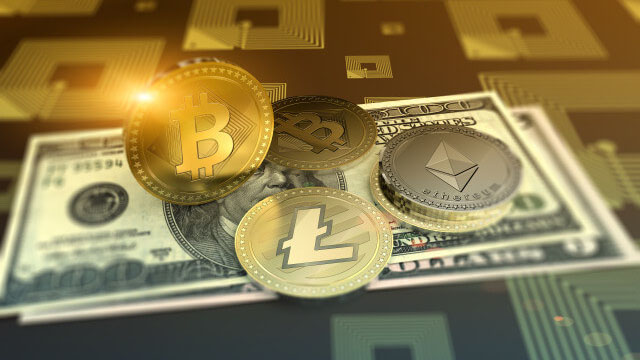
 736
736
Arthur Hayes on Interest Rate Cuts and Their Surprising Impact on Bitcoin Prices
Arthur Hayes, the co-founder and former CEO of BitMEX, has shared insights regarding the potential impact of anticipated interest rate cuts by the Federal Reserve on Bitcoin prices. Despite recent statements from the Fed Chair, which hinted at a possible rate cut following a speech at Jackson Hole, Bitcoin has struggled to maintain upward momentum. After a brief spike to around $64,000, prices have seen a decline, dropping nearly 10% to approximately $57,400, though a slight recovery has brought it back to about $59,238.
Hayes attributes this disconnection between rate cuts and Bitcoin’s performance to the influence of reverse repurchase agreements. These financial instruments, where securities are sold with the commitment to repurchase them at a higher price, currently yield an impressive 5.3% return, significantly outpacing the 4.38% generally offered by Treasury bills. This attractive rate has prompted large money market funds to shift their cash from Treasury bills into reverse repos, resulting in reduced liquidity available for riskier assets like cryptocurrencies.
The concept of reverse repos has been likened to a temporary storage for cash, allowing banks and investment managers to secure better returns. With higher yields than other low-risk investments, funds are remaining in this “parking lot,” limiting the capital that could otherwise flow into the broader economy.
Following the Fed’s indications of a rate cut, approximately $120 billion has been directed into reverse repos, suggesting that the traditional belief that lower interest rates will benefit high-risk assets like Bitcoin may not hold true in the current scenario. As interest rates typically encourage borrowing and spending—leading to increased liquidity—this current trend may contradict expectations, particularly in a context where a weakening dollar is generally thought to strengthen Bitcoin’s appeal.
As the Fed prepares for its next meeting on September 18, market observers are closely monitoring the likelihood of rate cuts, with current forecasts showing a 69% probability for a modest cut and 31% for a more significant reduction. A shift towards a more aggressive monetary policy could potentially alter market dynamics, impacting economic activity and investor sentiment.














